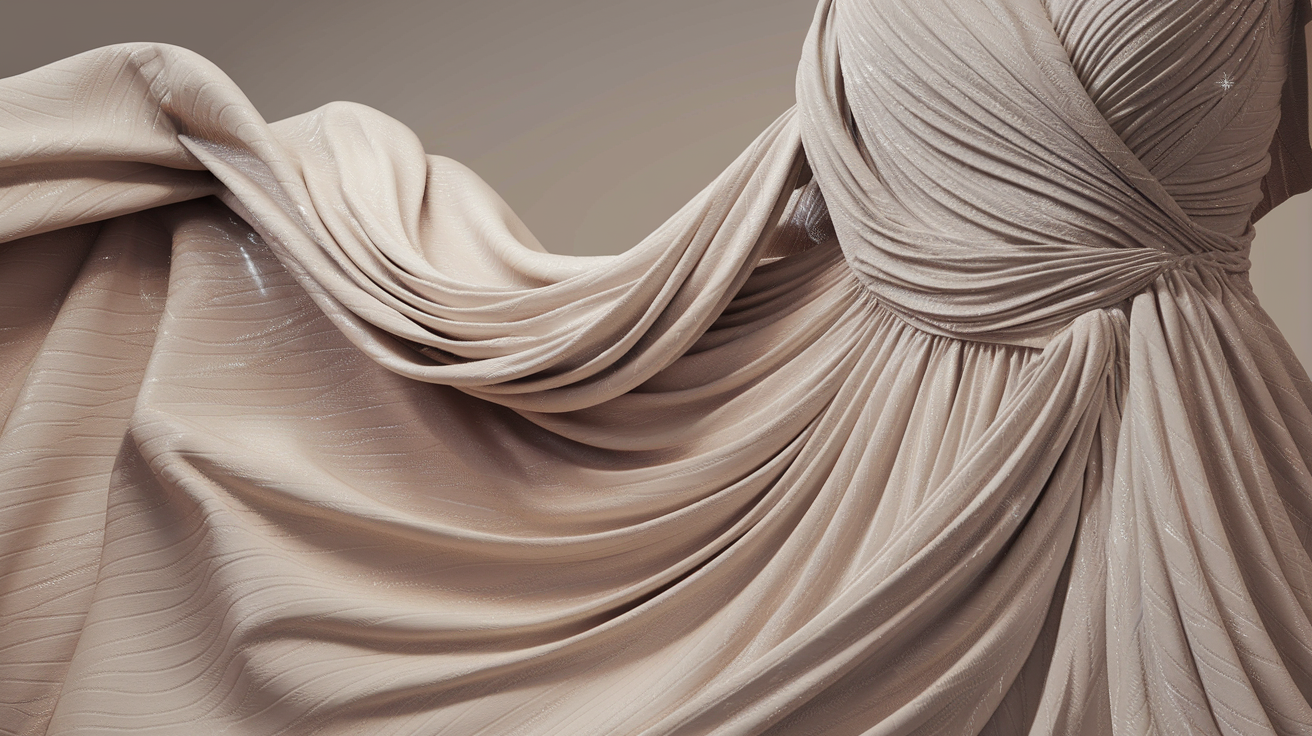Creating realistic 3D models is an art form that combines technical expertise with a deep understanding of textures, shapes, and details. Among these, the draped fabric 3D model detailed concept stands out as one of digital artistry’s most challenging yet rewarding aspects.
Whether for animation, video games, or architectural visualization, mastering draped fabric modeling brings unparalleled realism to projects. This guide will help you create and appreciate such models while ensuring clarity and accessibility.
The Importance of Draped Fabric in 3D Design
Fabric, with its flowing nature and intricate folds, has always symbolized complexity in design. A draped fabric 3D model detailed reflects the beauty of cloth in its natural state, enhancing the aesthetic appeal of digital works. From the gentle cascade of curtains to the intricate pleats of a gown, capturing these nuances can transform a static image into a lifelike representation.
Tools and Software for Creating Detailed Draped Fabric Models
Choosing the right tools is paramount to creating a draped fabric 3D model detailed. Software like Blender, Maya, and ZBrush provides advanced sculpting features that allow for the creation of lifelike fabric folds. Simulators such as Marvelous Designer specialize in replicating real-world fabric physics, making it easier to achieve realistic results. By combining these tools, designers can balance creative freedom with physical accuracy.
Steps to Crafting Draped Fabric 3D Models
Understanding Fabric Properties
Before diving into the technical aspects, studying the material you wish to model is crucial. A draped fabric 3D model detailed requires an understanding of the fabric’s weight, texture, and drape. For instance, silk flows differently compared to wool, and this distinction is vital for creating authenticity.
Using References
High-quality references are essential. Study how fabrics behave under different conditions—when stretched, bunched, or draped over objects. Photographs or physical fabric samples can be invaluable in this stage, ensuring that your draped fabric 3d model detailed remains grounded in reality.
Initial Mesh Creation
Start by creating a base mesh. This step involves designing a simple fabric structure that serves as a foundation. Software like Marvelous Designer allows you to create a base and simulate the draping process. Using subdivision modeling, you can refine this base to achieve more detail.
Adding Details
Details like folds, creases, and wrinkles make the draped fabric 3D model detailed come alive. Sculpting tools are ideal for this stage, allowing artists to add subtle textures. Notice how light interacts with the fabric, as proper shading and texturing are crucial for realism.
Tips for Perfecting Draped Fabric Models
Lighting and Texturing: A draped fabric 3d model detailed relies heavily on how light and shadows play across its surface. Experiment with different lighting setups to highlight the fabric’s contours.
Physics Simulations: Use cloth simulators to mimic real-world fabric behavior. This step ensures that your model looks natural when interacting with other objects.
Iterative Refinement: Perfection in a draped fabric 3D model detailed comes with continuous iteration. Review your work regularly and make adjustments based on feedback or further observation.
Applications of Draped Fabric Models
The utility of a draped fabric 3D model detailed extends beyond just aesthetic appeal. These models are integral to industries such as fashion, where designers use them to visualize garments before production. Realistic fabric enhances character design in the gaming world, while in architecture, it adds depth to interior renderings.
Challenges in Draped Fabric Modeling
Achieving a draped fabric 3D model detailed is no easy feat. One major challenge is ensuring realism without overloading the model with unnecessary details that might affect performance. Additionally, maintaining natural flow and avoiding stiffness in the fabric requires a deep understanding of art and physics.
Exploring the Role of Fabric Simulation in Draped Fabric 3D Models
A crucial aspect that sets a draped fabric 3D model detailed apart is the use of fabric simulation. Unlike static models, fabric simulation allows designers to create a highly dynamic and lifelike fabric that responds to forces like gravity, wind, and interaction with other objects. This simulation technique adds an extra layer of realism by mimicking how fabric behaves in the real world, capturing its subtle movements and distortions.
By incorporating these physics-based simulations, you can achieve more natural-looking folds, wrinkles, and drapes. Whether you’re designing a flowing gown or a piece of decorative fabric for a scene, utilizing simulation tools enhances your model’s accuracy, making it more believable and visually striking.
Conclusion
Mastering the creation of a draped fabric 3D model detailed is a journey that combines artistic intuition with technical expertise. You can achieve stunningly realistic results by understanding fabric behavior, utilizing the right tools, and refining details. Whether you’re a novice or an experienced artist, crafting draped fabric models is challenging and deeply rewarding. Let your creativity flow like the fabric you aim to replicate and bring your digital projects to life with intricate detail.
FAQs
1. What is a draped fabric 3D model detailed used for?
A “draped fabric 3D model detailed” is used in various industries, including animation, video games, fashion design, and architectural visualization, to create realistic representations of fabric.
2. Which software is best for creating a draped fabric 3D model detailed?
Software like Marvelous Designer, Blender, Maya, and ZBrush are popular choices. Marvelous Designer is particularly effective for fabric simulation, while Blender and ZBrush excel in detailed sculpting.
3. How can I ensure my draped fabric 3D model detailed looks realistic?
Focus on references, lighting, and textures. Utilize cloth simulators to mimic real-world fabric behavior and observe how the material interacts with light.
4. Can beginners create a draped fabric 3D model detailed?
Yes, beginners can start by using accessible tools and tutorials. While it may be initially challenging, practice and studying real-world fabrics will help improve your skills.
5. What are the common mistakes in creating a draped fabric 3D model detailed?
Common mistakes include overcomplicating the model, neglecting lighting and textures, and failing to understand the fabric’s physical properties.
